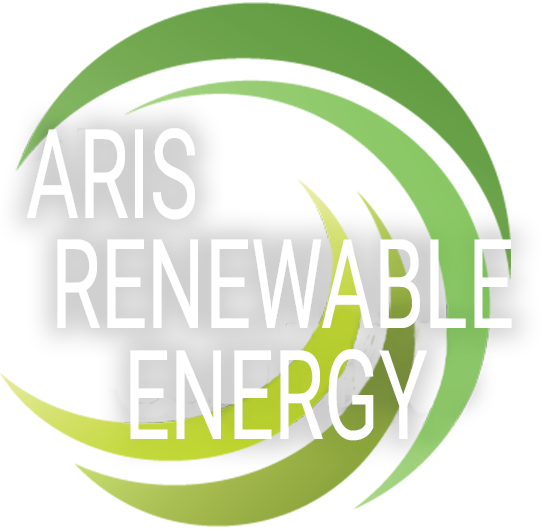08 Mar Efficiency Redefined: SOFC Fuel Cells and Sustainable Energy
Hey there, readers! Today, I am diving into the exciting world of Solid Oxide Fuel Cells (SOFC) and how they are redefining efficiency in the realm of sustainable energy. If you are curious about cutting-edge technology that holds the potential to reshape our energy landscape, then stick around!
What Are SOFC Fuel Cells?
Let’s start with the basics. SOFC fuel cells are a type of fuel cell that operates at high temperatures, typically between 500°C and 1,000°C. Unlike traditional fuel cells that use a liquid electrolyte, SOFCs use a solid ceramic electrolyte, which sets them apart in terms of efficiency and versatility.
The Working Mechanism
Here’s a simplified version of how these remarkable devices work:
1. Fuel Input: Hydrogen, methane, or other hydrocarbon fuels are supplied to the anode.
2. Electrochemical Reaction: At the anode, the fuel is oxidized, producing electrons and ions.
3. Ion Migration: Oxygen ions travel through the solid electrolyte to the cathode.
4. Electricity Generation: Electrons flow through an external circuit, creating electricity.
5. Oxidation at Cathode: Oxygen ions combine with electrons and a reducing agent (like air or water vapor) at the cathode, producing water or carbon dioxide as byproducts.
Why SOFC Fuel Cells Matter
1. Efficiency Boost
SOFCs boast an impressive efficiency rate, often exceeding 60%. This means they can convert a significant portion of the fuel’s energy directly into electricity, leaving little wasted.
2. Versatility
These fuel cells are not picky eaters. They can run on a variety of fuels, from natural gas to biogas and even pure hydrogen.
3. Low Emissions
By producing electricity through electrochemical reactions, SOFCs emit significantly lower levels of pollutants compared to traditional combustion methods.
4. Modular Design
Now, here’s where it gets even more interesting—the concept of modular SOFC fuel cells. Imagine LEGO bricks of energy production that you can stack and rearrange as needed!
The Modular Advantage
1. Scalability: Need more power? Just add more modules.
2. Flexibility: These modules can be easily integrated into existing energy systems, making them a versatile solution for a wide range of applications.
3. Redundancy: If one module goes down, the others can continue to operate, ensuring a more reliable power supply.
4. Space Efficiency: Since they can be stacked vertically, they make efficient use of space, a valuable asset in urban environments.
Applications of Modular SOFC Fuel Cells
1. Residential Energy Systems
Picture a neighborhood where each house has its mini-power plant. With modular SOFC fuel cells, this vision is not far-fetched. Homes can generate their electricity, reducing reliance on the grid and lowering carbon footprints.
2. Industrial Power
Industries with fluctuating power demands can benefit immensely from the modular nature of SOFC fuel cells. They can scale their energy production up or down based on their needs, optimizing efficiency and reducing costs.
3. Remote Locations
Think of remote communities, research stations in Antarctica, or off-grid cabins in the woods. Modular SOFC fuel cells offer a reliable, sustainable power source without the need for extensive infrastructure.
4. Backup Power
For critical facilities like hospitals, data centers, and telecommunications hubs, having a backup power source is crucial. Modular SOFCs can provide this backup, ensuring operations continue uninterrupted during outages.
Challenges and Future Prospects
1. Cost Factor
While SOFC technology has made significant strides, initial costs remain a barrier to widespread adoption. However, as production scales up and technology advances, prices are expected to decrease.
2. Durability and Longevity
Ensuring the durability of SOFCs over an extended period is another area of focus for researchers. Improving the lifespan of these cells will make them even more economically viable.
3. Integration with Renewable Sources
Combining SOFCs with renewable energy sources like solar and wind can create hybrid systems that offer round-the-clock power generation. Research in this area is ongoing.
The Bright Future Ahead
Despite these challenges, the future looks promising for SOFC fuel cells. As we strive towards a cleaner, more sustainable energy future, technologies like these will play a pivotal role.
Conclusion
In conclusion, Solid Oxide Fuel Cells are not just another piece of tech jargon—they are a game-changer in the world of sustainable energy. Their efficiency, versatility, and modular design make them a compelling choice for a wide range of applications, from residential power systems to industrial use and beyond.
As we continue to innovate and refine these technologies, we move closer to a future where clean, reliable energy is accessible to all. So, here’s to SOFC fuel cells—redefining efficiency and paving the way to a greener tomorrow!
Remember, the future of energy is not set in stone—it’s powered by innovation.
Thanks for joining me on this journey through the world of SOFC fuel cells. Until next time, stay curious, stay green!

